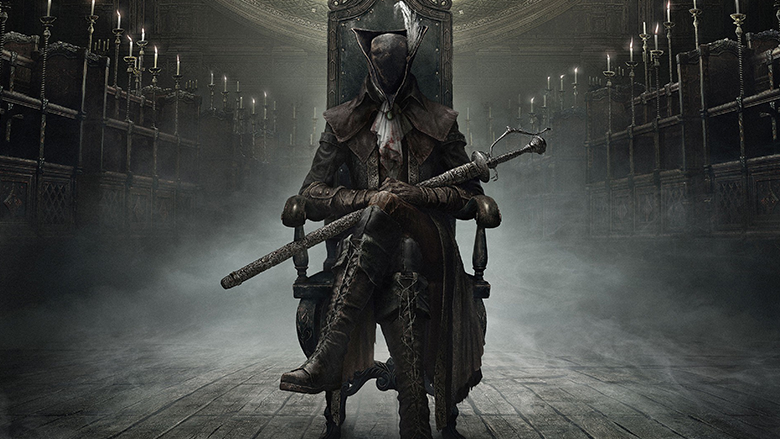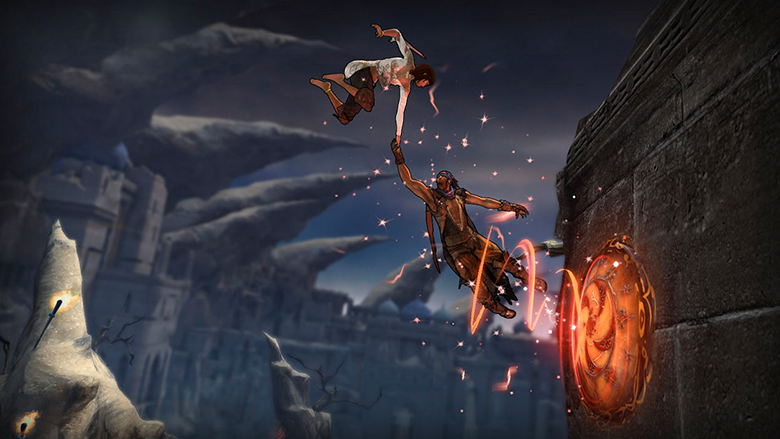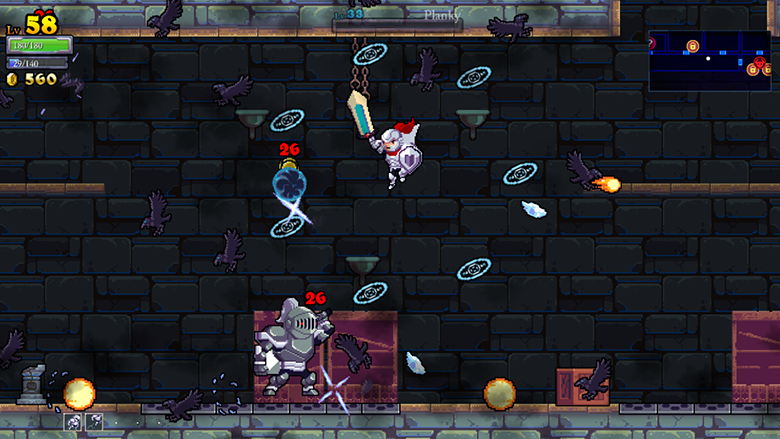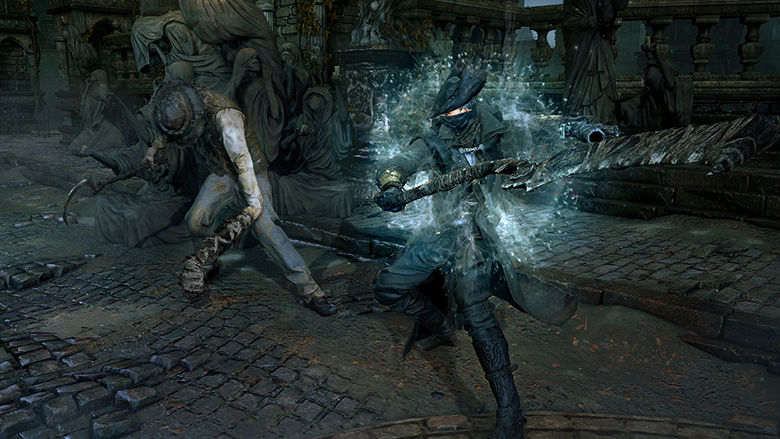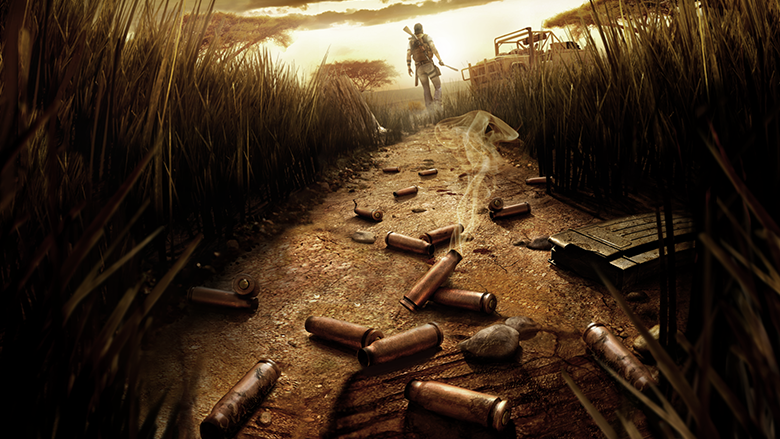Mark Brown, indie developer and editor of the Pocket Gamer resource, told how to arrange the death of a character in the game, as part of the Game Maker’s Toolkit video cycle. With the author’s permission, we have prepared a printed version of the material. We share.
This weekend I was playing Bloodborne, which made me think about death. And, believe me, I had enough time to think.
I suddenly realized that many games show the death of a character in exactly the same way. The screen turns black. If it’s a retro game, then you lose your life, if it’s a modern project, then Einstein is quoted to you, after which time winds back and you try to go through the same segment again.
The principle has not changed since the very first titles. Except that over time, the games have become more lenient to the player – to the point that in Prince of Persia you are simply thrown back to the platform where you were standing, and in the BioShock series, the enemies killed after respawn are not restored, and the captured loot remains with the character.
Prince of Persia
In all other respects, this mechanics has hardly changed throughout the history of video games. And it has already started to become outdated somehow.
The need to replay an already completed segment sometimes infuriates. Death is simplified and trivialized to an instantaneous throw back in time, which can kill all the drama in a tense scene. And from the point of view of the narrative, the games do the same thing as the Prince in Prince of Persia: The Sands of Time. That is, they just repeat: “No, no, no, nothing happened. Can I start over?”.
So let’s talk about games that have a more original approach to death.
Spelunky
Let’s start with those that change after the death of the character, so that the player does not have to go through the same segment again or so that the game does not get tired. “Bagels” are built on this principle – new worlds arise in them every time a hero is killed. As a result, not only does death become less of an ordinary event, but there is also no repeatability. And there is no way to remember how to pass this or that segment.
In Spelunky, the player has to learn the unwritten rules of the game properly, because there you can’t just remember how to complete a level. Every time you lose, it changes.
In Rogue Legacy, a highlight is added to this idea – not only the map changes, but also the class and characteristics of the character. Every time you die, you are given a bunch of new heroes to choose from, which can be very different from the killed character.
Rogue Legacy
And then there’s Transistor. When you lose your life in this tactical action, you lose one of the four abilities at the same time, and you have to re-distribute the main and secondary capabilities of the character. The game not only punishes defeat differently than other projects, but also forces you to try new strategies.
Some games kill a character the same way as others and send him back in time – but at the same time do not let him forget what happened. Death leaves an indelible mark on the game. And I’m not just talking about how everything in Super Meat Boy is splattered with blood. I’m talking about games like Shadow of Mordor, where the death of a character seriously affects Sauron’s army. Orcs who kill Tallion, the main character, become stronger, can challenge other orcs to battle and increase their rank. Plus, they remember you and can say something like: “And I remember you! I’ve killed you before!” The dynamic narrative that is created as a result makes revenge enjoyable.
But let’s go back to Bloodborne and its predecessors – the Souls series. These games really like to kill a character and throw him back to the previous lantern (respawn points in Bloodborne, – approx. editors), thereby negating the long and hard work of the player. But they also borrow a mechanic called “running to the dead” (corpse running), which implies that after death, the character must run to the point of death, where his loot is lying.
Bloodborne
In the Souls series, the player loses all the collected souls when he dies, and he needs to go back to where he died to collect them from a dead body. That is, death is given more weight in these games. And at the same time, due to the fact that it is possible to collect the lost loot, there is a feeling that everything is fair.
In ZombiU, you not only return to your own body to collect the lost loot – you also have to look for a zombie version of your character, and in order to get back what you lost, you need to defeat him. A very clever move, and from the point of view of the narrative, it also works perfectly.
There are games that pay special attention to death. For example, in Super Time Force, a version of your character from the past fights hand in hand with you. And in the iOS puzzle game Sometimes You Die, the character’s dead body is used as a platform for his subsequent movements.
Sometimes You Die
In addition, there are games that continue even after the death of the character. For example, in Heavy Rain there are moments when one of the four main characters may die. But with his death, the game doesn’t end. Instead, the plot changes to reflect the death of the character.
The game Aliens Infestation for Nintendo DS approaches the issue a little differently. The dead Marines are out of the game forever, and we have to find a replacement for them among those who are hiding inside the ship. And if the Marines run out, and you dry up the game at the same time, you will drive yourself into a dead end. But inspired by games like XCOM: Enemy Unknown, where you build relationships with your soldiers only to see them killed in battle, Aliens Infestation makes the player feel the death of a character – which many projects do not know how to do.
And finally, there are games that give the player a second chance. Like Prey, where you are thrown into the spirit world after death and you shoot otherworldly birds to restore health and return to battle. And in Far Cry 2 there is the help of a friend: if you die, you can be dragged to a safe place by a mercenary (since he can use the player and his task for his own purposes, – approx. editors) buddy.
Far Cry 2
In RAGE, with the help of a defibrillator, the player gets the opportunity to play a mini-game to bring the hero back to life. And in Shadow of Mordor there is a blow “from the last forces”, which can give a second chance in battle.
All the games I’ve talked about above make the death of a character more meaningful. They either interrupt the endless cycle of repetitions that the player is forced to go through after the death of the hero, or they cleverly fit death into the narrative.
So maybe we won’t grab onto the same mechanics every time that we’ve been using for the last forty years? Look, suddenly there is a more interesting way to beat the death of a character. And apply this method.
Translated by Irina Smirnova
Source: Mark Brown’s YouTube Blog

